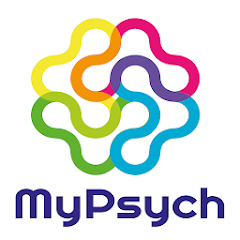- Consider if there are any co-morbidities that are affecting the patient’s mental state.
- Review diagnosis if no improvement is seen and seek second opinion.
- Offer lifestyle advice such as meaningful day and regular exercise.
- Psychology input should be considered at all stages of treatment.
- Determine compliance with treatment.
- Provide psychoeducation and manage patients’ expectations of pharmacological treatment.
Difficult to treat depression

Some of the recommendations below may be out with the product license, refer to MHS guidance for further information regarding consent and documentation. When requesting Primary Care to prescribe a clear rationale for treatment and plan for review must be communicated with the GP.
Optimise monotherapy, increase dose incrementally ensuring an adequate trial at each dose before further increase. Give 8 weeks at maximum tolerated dose before considering switching.
Switch antidepressant to one with a different mode of action and optimise treatment.
Note: Monoamine oxidase inhibitors (MAOIs) should only be initiated by specialist services and dietary restrictions should be communicated to the patient both verbally and in written format.
For those on antidepressants that affect multiple receptors, e.g. venlafaxine, consider using doses above the BNF maximum only if partial benefit is seen (unlicensed use). Doses above the BNF maximum have an increased risk of adverse effects such as hypertension with venlafaxine.
The current evidence has not demonstrated a clear benefit for augmentation except for lithium. However clinical experience indicates that some benefit can be achieved. The options below do not indicate an order of preference and individual patient factors should be considered when making prescribing decisions.
- Combination antidepressants with different modes of action e.g. SSRI & mirtazapine (30-45mg), SNRI & mirtazapine (30-45mg).
- Augmentation with lithium, has a well-established evidence base for augmentation in depression. As it has a narrow therapeutic window, all monitoring requirements need to be adhered to as set out in the Good Practice Standards- Safe lithium treatment.
- Augmentation with second generation antipsychotic e.g. aripiprazole, olanzapine or quetiapine. Quetiapine is the only 2nd generation antipsychotic licensed as an adjunctive treatment for major depressive disorder. All patients receiving antipsychotics should be monitored for cardiometabolic effects, refer to Primary Care Psychotropic good practice guidance.
- Augmentation with lamotrigine, most evidence is in combination with SSRI/SNRI.
- Electroconvulsive therapy (ECT).
- Low doses of flupentixol (1mg/day) or amisulpride (50mg/day). Limited evidence for monotherapy but could be considered as an augmentation if other treatments are unsuccessful.
- Further novel advanced treatments, such as esketamine or transcranial magnetic stimulation (TMS), will need to be discussed on an individual patient basis.

